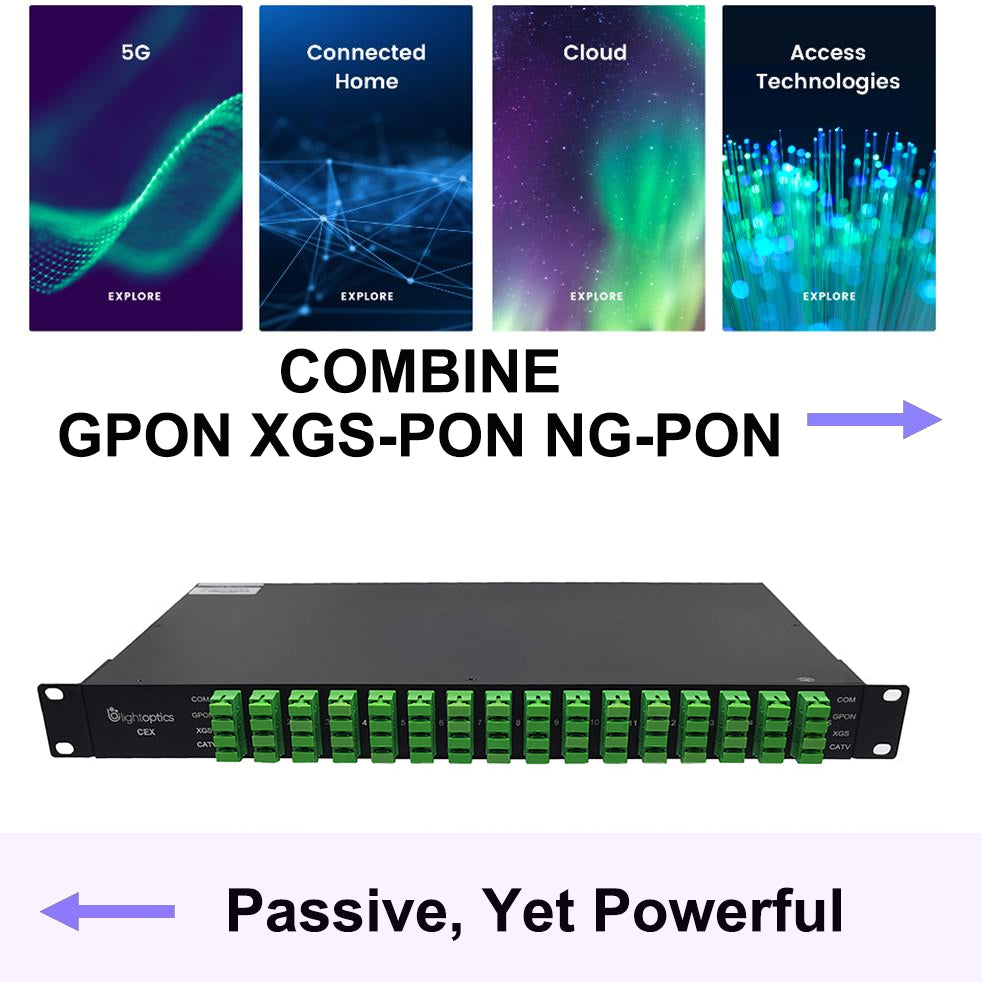Insertion Loss vs. Return Loss: What is the difference?
Insertion Loss vs. Return Loss: What is the difference?
The term loss is almost unilaterally associated with a negative in nearly every conceivable scenario. Take, for example, the loss administered to a certain NFL team (New England) by the magnificence of a certain quarterback (Lamar Jackson) from Baltimore. In this case, if you are a fan of TB 12’s team, then this is most definitely a negative. However, if you are not a fan, then this is one of those rare occasions in which a loss is not a negative.
In the field of electronics, the term loss can also hold a dual relative meaning. So, depending on the circumstances, the term loss can be either a good thing or a bad thing. However, as it is in most cases, the term loss tends to lend itself to the side of negative in the field of electronics as well.
Insertion loss and return loss are widely used terms in the field of microwave technologies. Insertion loss and return loss plays an important role in designing and development of high-frequency devices such as filters, power dividers, amplifier, etc.So, over the next few paragraphs, I will discuss the significance of both insertion loss and return loss as well as their effects on performance and functionality.
What is Insertion Loss?
The loss of signal, which occurs along the length of a fiber optic link, is called insertion loss. This particular measurement parameter is expressed in decibels and should always be a positive number. However, should, does not mean always, and if by chance, it is negative, that is not a favorable measurement parameter.
Insertion loss is, however, a natural occurrence that occurs with all types of transmissions, whether it is data or electrical. Furthermore, as it is with basically all physical transmission lines or conductive paths, the longer the path, the higher the loss. Moreover, these losses also occur at each connection point along the line, including splices and connectors.
As stated initially, we express insertion loss in dBs (decibels), and ordinarily, it is a positive number since it indicates how much signal loss by comparing the input power to the output power. In summary, a signal will always come out lesser than their input level. Furthermore, the lower the number equals a better insertion loss performance; for example, an insertion loss of 0.3dB is better than 0.5dB.
In some instances, an insertion loss may appear as a negative parameter measurement. However, if this is the case, a negative insertion loss means that there is an issue, one of which usually indicates an improper reference setting. For instance, if a reference cable requires cleaning when setting the zero benchmark, and you clean it prior to testing, the insertion loss may show a gain and possibly indicate a negative measurement parameter.
What is Return Loss?
The measurement of the amount of light that is reflected back toward the source is called Return loss, and its unit of expression is also in decibels (dBs). Furthermore, this measurement parameter is always a positive number, and a high return loss is a favorable measurement parameter, and it typically correlates to a low insertion loss. Similarly, reflectance, which is also a measurement parameter that expresses reflection in decibels, is a negative number, and if it is excessive, it is not a favorable measurement parameter.
In summary, return loss is the loss of signal power due to signal reflection or return by a discontinuity in a fiber-optic link or transmission line. This impedance mismatch can be with a device inserted in the line or with the terminating load. Moreover, return loss is the relationship between both the reflection coefficient (Γ) and the standing wave ratio (SWR). Incidentally, if you increase the return loss, it will correlate to a lower SWR.
Overall, return loss is a measurement parameter that expresses how well a device or line matches. The rule of thumb here is, it is favorable if the device or line match, providing that the return loss is high. Furthermore, a high return loss is advantageous as it will result in a lower insertion loss.
In today’s electronics practices, in terms of use, return loss is preferable to SWR since it affords better resolution for smaller values of reflected waves.
Influence Factors
- End Face Quality & Cleanliness
Fiber end face defects (scratches, pits, cracks) and particle contamination directly affect connector performance, resulting in poor IL/RL. Even tiny dust particles on a 5-micron single-mode fiber core may block the optical signal, eventually resulting in signal loss.
- Broken Fiber & Improper Insertion
Sometimes the fiber is broken but still guides light through, which can also lead to poor IL or RL. For example, when an APC connector connects to a PC connector, light may pass through for a short time, but at the same time it will cause high insertion loss and low return loss, and may also cause the two optical fiber end faces fail to be precisely connected, so that the light cannot pass through normally.
- Excessive Bending Radius
The fiber can be bent, but too much bending can lead to significant optical loss and cause damage. So in cases where you need to coil an optical fiber, it is suggested to keep the radius as large as possible, usually not to exceed 10 times the diameter of the coat. For example, for a patch cable with 2mm jacket, the maximum bending radius is 20mm.
Insertion Loss vs. Return Loss
We all know that Insertion loss and return loss are two important data to evaluate the quality of many passive fiber optic components, such as fiber optic patch cord and fiber optic connectors, etc.
Insertion loss refers to the fiber optic light loss caused when a fiber optic component insert into another one to form the fiber optic link. Insertion loss can result from absorption, misalignment or air gap between the fiber optic components. We want the insertion loss to be as less as possible. Our fiber optic components insertion loss is less than 0.2dB typical, less than 0.1dB types available on request.
Return loss is the fiber optic light gets reflected back at the connection point. The higher the return loss is means the lower reflection and the better the connection is. According to industry standard, Ultra PC polished fiber optic connectors return loss should be more than 50dB,Angled polished generally return loss is more than 60dB.PC type should be more than 40dB.
During the fiber optic products manufacturing procedure, we have professional equipment to test the fiber optic products insertion loss and return loss, our products are 100% tested on each single piece before shipment, and they are fully compliant or exceed the industry standard.
Signal Power Loss or Insertion Loss Causes
As previously stated, regardless of type, when a signal travels through a system or a component, power (signal) loss is unavoidable. This loss I am referring to happens while the signal is traversing through a system or a component; it, of course, is called Insertion Loss.
Furthermore, there a myriad of reasons for this loss of signal power or insertion loss, but the main three are as follows:
- Dielectric Losses: Loss can occur due to power dissipation in the dielectric materials.
- Reflected Losses: Loss can occur due to the Voltage Standing Wave Ratio (VSWR). VSWR is a measure of the efficiency of the transmission of radio frequency power from its source through a transmission line and into a load, such as from a power amplifier, through a transmission line, and to an antenna.
- Copper Losses: Loss can occur due to the power dissipation of conducting surfaces.
So now, let us examine the above diagram in detail so that we may gain a better understanding of how insertion loss and return loss interact. As you can see, incident power travels down a transmission line from the left until it reaches the component. Once it reaches the component, a portion of the signal is reflected back down the transmission line towards the source from which it came. Also, keep in mind that this portion of the signal does not enter the component.
The remainder of the signal does indeed enter the component. There some of it gets absorbed, and the rest passes through the component into the transmission line on the other side. The power that comes out of the component is called the transmitted power, and it is less than the incident power for two reasons:
- A portion of the signal gets reflected.
- The component absorbs a portion of the signal.
So, in summary, we express insertion loss in decibels, and it is the ratio of incident power to transmitted power. Furthermore, we can summarize that return loss, which we also express in decibels is the ratio of incident power to reflected power. Therefore, we can see how the two types of loss measurement parameters help to accurately gauge the overall efficiency of a measurable signal and component within a system or in a through path.
Conclusion
When we combine the measurement parameters of both insertion loss and return loss, we can more accurately assess efficiency and performance. Furthermore, it can determine if there are impedance mismatches at the pins of the receiver and transmitter as well as the vias, connectors, and various other discontinuities. In short, the overview that these two parameter measurements provide is an essential assessment tool in understanding signal performance.












